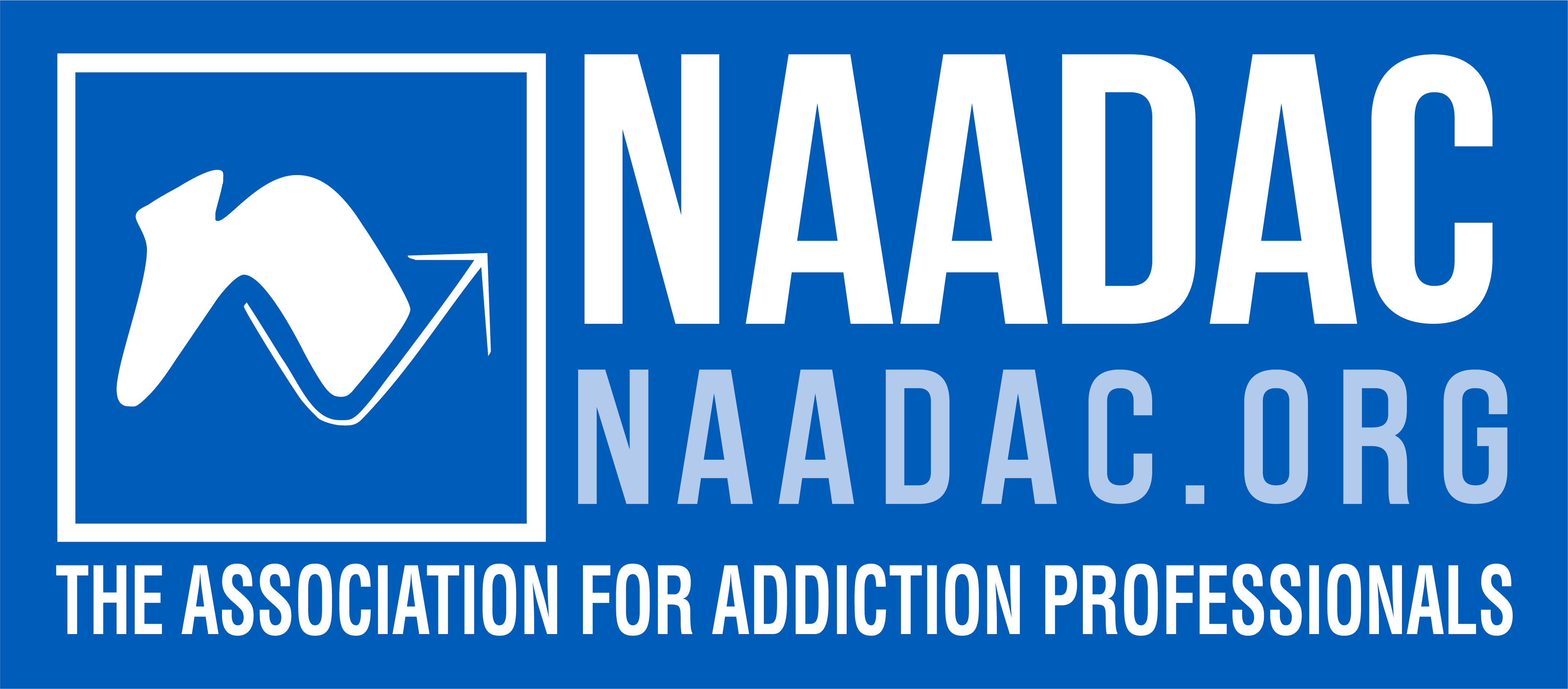Opioids, often hailed as the apex of pain-relieving drugs, have shaped a multifaceted story in American history. Their unmatched capacity to alleviate severe pain contrasts starkly with the dark clouds of addiction and societal challenges they have ushered in—culminating in the well-documented opioid epidemic.
From Poppy to Painkiller: Early Days of Opioids in America
The opium poppy, used since antiquity, stands at the origins of opioids. This plant, documented in ancient civilizations, offered both medicinal and recreational value. However, America’s entanglement with opioids began in earnest in the 19th century. The advent of morphine, a potent opium extract, transformed medical pain management. The Civil War, demanding effective pain relief for its soldiers, leaned heavily on morphine, especially with the hypodermic syringe’s innovation. But these battle-weary soldiers often came home ensnared by morphine’s addictive snares.
Quest for Safer Alternatives: A Historical Irony
The 20th century’s initial decades marked the pharmaceutical industry’s pursuit of safer pain relief alternatives. This journey birthed heroin—initially celebrated as a non-addictive morphine replacement. But, as usage skyrocketed, it became abundantly clear that heroin wasn’t the promised panacea. The government, recognizing the burgeoning crisis, enacted the Harrison Narcotics Tax Act of 1914.
Modern Era: The Opioid Renaissance and Resulting Crisis
As the 20th century waned, the opioid narrative witnessed another shift. Pharmaceuticals unveiled next-generation opioids like OxyContin, armed with claims of superior pain relief and diminished addiction risk. But the real world deviated from these promises. Prescriptions skyrocketed, and so did misuse, dependency, and, tragically, fatalities.
Unpacking the History of the Opioid Crisis: A Five-Pronged Tragedy
The 21st century dawned with alarming opioid-related mortality rates. This crisis manifested in five distinct waves:
- Prescription Boom (late 1990s): The rise in opioid prescriptions, particularly of OxyContin, during the late 1990s, played a significant role. Launched as a revolutionary painkiller, OxyContin’s aggressive marketing tactics and its portrayal as a “less addictive” painkiller led to its over-prescription. Sadly, this was just the calm before the storm, with many patients developing dependencies.
- Heroin Resurgence (circa 2010): As awareness of prescription opioid addiction grew and regulations around them tightened, a segment of dependent individuals turned to heroin. This illegal, yet cheaper and potent alternative, found its way into American homes, causing a surge in heroin-related overdoses.
- Fentanyl’s Deadly Rise (from 2013): Illicitly manufactured fentanyl, an opioid that’s 50 to 100 times more potent than morphine, started to flood the drug market. Often mixed with heroin or counterfeit pills, it became a silent and deadly component of the opioid crisis due to its extreme potency and the difficulty users had in distinguishing it from less potent opioids.
- The Border Crisis (from 2022): The United States witnessed a significant spike in illicit fentanyl influx due to issues at the borders. The border crisis played a pivotal role in this. Loopholes in border security and increased trafficking operations led to a wave of fentanyl entering the country, exacerbating the existing crisis. The sheer volume and accessibility of this synthetic opioid led to a tragic rise in daily overdose deaths.
- The Fifth Wave: The Multi-Drug Epidemic: As the crisis evolved, a deadly concoction emerged. Users started combining opioids with other substances like benzodiazepines, alcohol, and stimulants, amplifying the risk. This polydrug use added another layer of complexity to the already multifaceted opioid crisis.
The Perfect Storm: Illicit Fentanyl, Neglected Mental Health, and Economic Despair
As the nation grapples with these waves, understanding each phase’s nuances is crucial for policymakers, health professionals, and communities at large. Only by recognizing the multifaceted nature of this crisis can comprehensive solutions be found.
- The Perfect Storm: Illicit Fentanyl, Neglected Mental Health, and Economic Despair. While early stages of the opioid crisis were undeniably linked to over-prescription, the current scale of the tragedy has shifted foundations. The crisis today isn’t merely an aftermath of prescription misuse; it’s a culmination of illicit drug inflow, declining mental health support, and economic strains that have created a deadly concoction.
- The Fentanyl Floodgate: The real villain in today’s opioid crisis is illicit fentanyl. Vast quantities of this synthetic opioid, far more potent and lethal than its predecessors, are infiltrating the nation through its borders. This influx is not just a testament to failed border controls but also a reflection of the insatiable demand fueled by despair and hopelessness. The relative ease with which fentanyl can be produced and its incredible potency makes it a preferred choice for illegal drug networks.
- Mental Health: The Silent Suffering: The decline in mental health care support has left a vast population vulnerable. Addiction doesn’t operate in isolation; it often intertwines with mental health disorders, each exacerbating the other. Without adequate mental health infrastructure, early interventions are missed, and opportunities for recovery are lost.
- Economic Desperation: The past few years have seen economic hardships, with inflation causing prices to soar and wages stagnating. This disparity has deepened the chasm of despair. For many, opioids provide a temporary escape from the relentless pressures of financial instability.
Together, these factors have created a perfect storm. As illicit drugs flow in unchecked, and as the populace grapples with untreated mental health issues and economic woes, the opioid crisis has metamorphosed into a reflection of broader systemic failures. Addressing it requires not just tackling the drug issue head-on but also shoring up the nation’s mental health resources and ensuring economic policies that do not leave the most vulnerable behind.
Conclusion
The history of opioids, for better or worse, has imprinted itself on the American ethos. From Civil War infirmaries to today’s hospitals and streets, its influence remains pervasive. The collective challenge now is twofold: ensuring genuine pain relief while concurrently shielding society from addiction’s devastating ripple effects.
Sources
- CDC: Understanding the Opioid Overdose Epidemic
- Harvard T.H. Chan School of Public Health: What Led to the Opioid Crisis — And How to Fix It
- NIH: A Brief History of the Opioid Epidemic
- TIME: The Worst Opiate Crisis in America
Written by Clare Waismann, Registered Addiction Specialist (M-RAS), Substance Use Disorder Certified Counselor (SUDCC II)
Disclaimer: The content of this article is intended for informational purposes only. It is not a substitute for professional advice or consultation. Despite the contributions from Clare Waismann, M-RAS, SUDCC II, and the expertise of our editorial team, information is subject to change, and readers are encouraged to seek direct expert guidance before acting upon any information provided here.
Opiates.com blog references various sources for its content. Always consult with a healthcare professional regarding any concerns or questions.
















